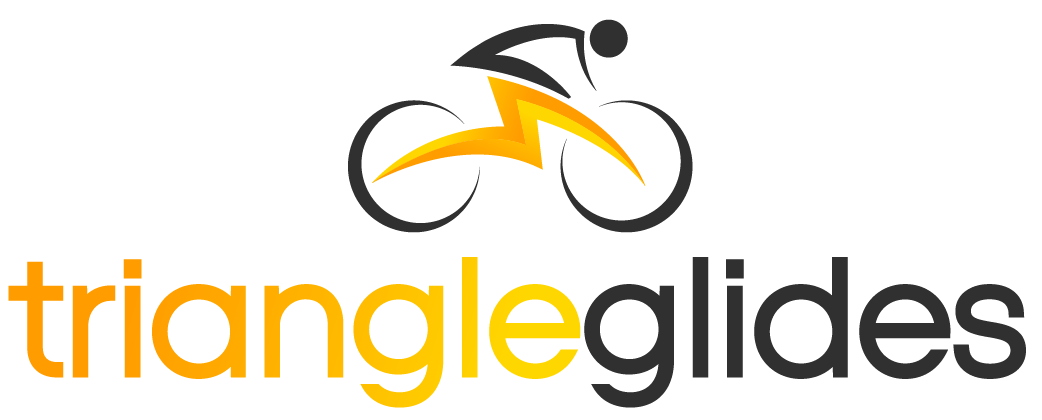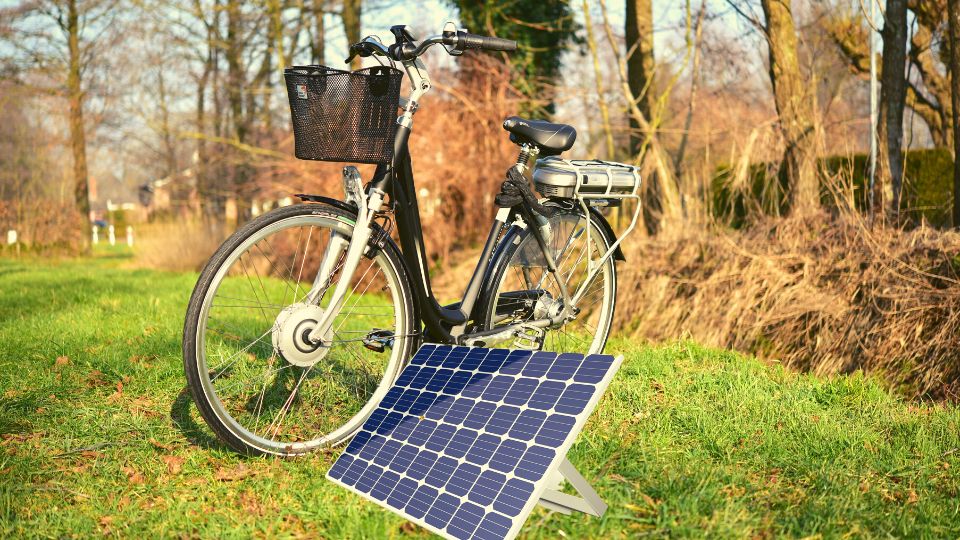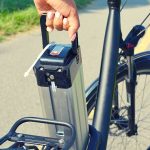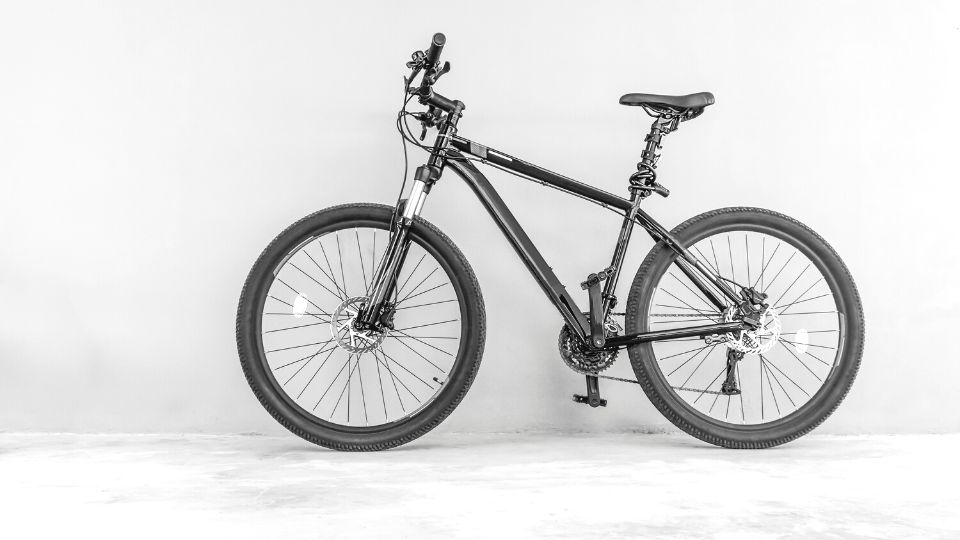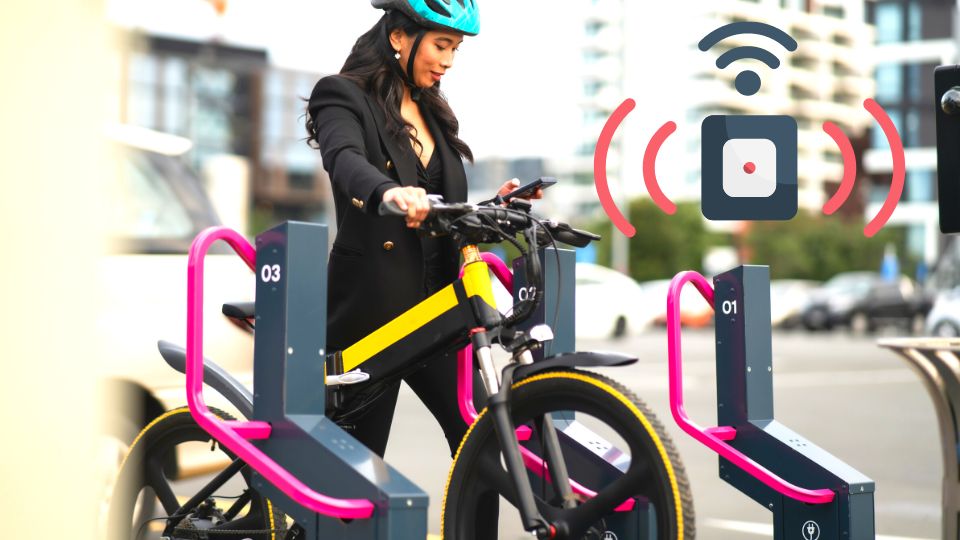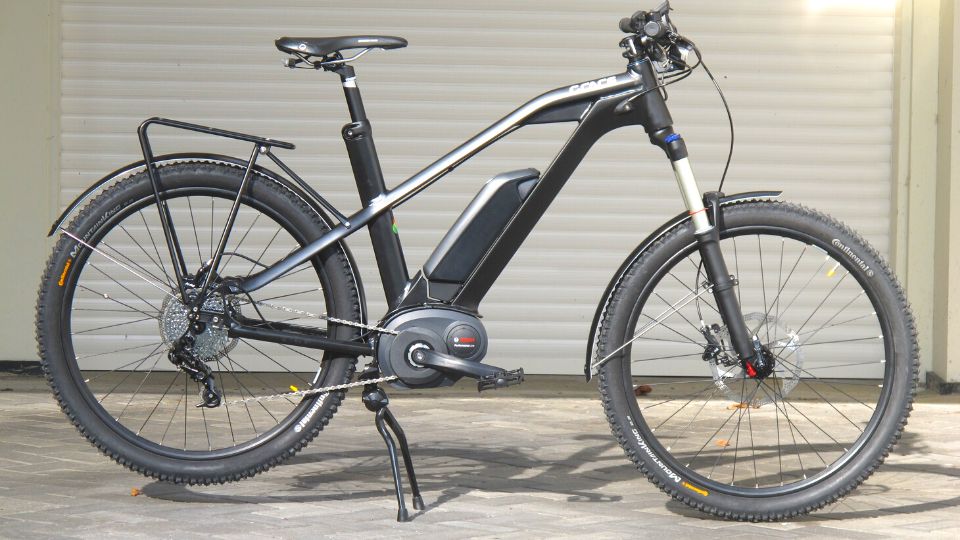With the growing popularity of electric bikes, many riders are looking for sustainable and cost-effective ways to charge their e-bike batteries. One solution that has gained traction in recent years is solar power.
Yes, you can charge an electric bike with solar panels. Solar power is an excellent renewable energy source that can be harnessed to charge e-bike batteries. Many e-bike riders are opting for solar panels as an eco-friendly and cost-effective way to keep their bikes charged while on the go.
In this article, we will explore the advantages of using solar power for e-bike charging, as well as tips for choosing the right solar panel, setting up your solar charging system, and maximizing your solar power output.
Advantages of Using Solar Power to Charge an E-bike
Electric bikes, or e-bikes, have become an increasingly popular mode of transportation as people seek sustainable and efficient ways to get around. One of the ways to make e-bikes even more environmentally friendly is to charge them with solar power.
If you’re curious about why someone might choose to use an electric bike, you might want to check out our article on what is the point of electric bikes. It could give you some insights into the benefits of using an electric bike.
Here are some advantages of using solar power to charge an e-bike:
Reduced environmental impact
Charging an e-bike with solar power significantly reduces its environmental impact. This is because solar energy is a clean and renewable source of energy, meaning that it does not produce any greenhouse gas emissions or other harmful pollutants.
Energy savings
Using solar power to charge an e-bike can also save money on electricity bills. By generating energy from the sun, you can avoid using grid power, which can be expensive and may not always come from clean sources.
Increased portability and convenience
Another advantage of using solar power to charge an e-bike is the increased portability and convenience it offers. Solar panels can be easily transported and used in a variety of settings, including camping trips, outdoor events, and other situations where access to electricity may be limited.
In addition to these benefits, using solar power to charge an e-bike also helps to support the growth of renewable energy and reduce dependence on non-renewable sources of energy. With the increasing availability and affordability of solar technology, it is becoming easier than ever to charge e-bikes with solar power.
If you’re considering using a solar panel to charge your electric bike, you may be wondering how long it takes to fully charge. Our article on the topic can give you an idea of what to expect.
Choosing the Right Solar Panel
Solar power offers numerous benefits, including energy savings, reduced environmental impact, and increased portability and convenience. However, choosing the right solar panel for e-bike charging can be a challenge. Let’s discuss the factors to consider when choosing a solar panel for e-bike charging, the types of solar panels available, and common features to look for.
Factors to consider when choosing a solar panel for e-bike charging
Wattage
The wattage of the solar panel will determine how quickly it can charge your e-bike battery. It is important to choose a panel with enough wattage to meet your charging needs.
Portability
If you plan to take your e-bike on the go, you will want a solar panel that is lightweight and easy to transport. Consider the size and weight of the panel when making your decision.
Efficiency
Solar panels vary in their efficiency levels, which can impact how much energy is generated and how quickly your e-bike battery is charged. Look for a panel with a high efficiency rating.
Durability
Since solar panels are exposed to the elements, it is important to choose one that is durable and can withstand harsh weather conditions.
Types of solar panels available
- Monocrystalline: These panels are made from a single crystal of silicon, which makes them more efficient than other types of panels. They are also more expensive.
- Polycrystalline: These panels are made from multiple crystals of silicon and are less expensive than monocrystalline panels. They are also slightly less efficient.
- Thin-film: These panels are made from a thin layer of photovoltaic material and are lightweight and flexible. However, they are less efficient than other types of panels.
Common features to look for
- Built-in charge controller: A charge controller regulates the amount of voltage and current sent to your e-bike battery, preventing overcharging and other issues.
- USB port: Some solar panels come with a built-in USB port, allowing you to charge your e-bike battery and other devices at the same time.
- Folding design: A solar panel with a folding design is easy to transport and store when not in use.
Setting Up Your Solar Charging System
With the growing popularity of electric bikes, many riders are looking for more sustainable ways to charge their bikes. One solution is to use solar power to charge your e-bike. Here are some steps to set up a solar charging system for your e-bike.
- Determine Your Power Needs: The first step in setting up your solar charging system is to determine your power needs. The amount of power you need will depend on the size of your battery and the number of miles you ride per day. Once you know how much power you need, you can choose the right solar panel for your needs.
- Choose Your Solar Panel: When choosing a solar panel for e-bike charging, you want to look for one that is portable and easy to set up. You also want to consider the size of the panel and its power output. A panel with a higher power output will charge your battery faster, but it will also be more expensive.
- Get the Necessary Equipment: In addition to your solar panel, you will also need some other equipment to set up your solar charging system. This includes a charge controller, a battery, and an inverter. The charge controller regulates the flow of electricity from the solar panel to the battery, while the inverter converts the DC power from the battery to AC power that you can use to charge your e-bike.
- Set Up Your Solar Charging System: Once you have all of your equipment, you can start setting up your solar charging system. First, connect your solar panel to the charge controller. Then, connect the charge controller to the battery. Finally, connect the inverter to the battery and plug in your e-bike charger.
- Safety Considerations: When setting up your solar charging system, it is important to follow safety guidelines. Always wear protective gear when working with electricity, and make sure your solar panel is grounded properly to prevent electrocution.
Using solar power to charge your e-bike is a great way to reduce your carbon footprint and save money on energy costs. With the right equipment and setup, you can enjoy the convenience and portability of solar charging while enjoying your electric bike.
If you’re new to the world of electric bikes, you may be wondering about the differences between e-bikes and pedal assist bikes. Our article on the topic might have the information you’re looking for.
Tips for Maximizing Your Solar Charging System
If you are considering using solar power to charge your electric bike, it is important to know how to maximize the efficiency of your solar charging system. Here are some tips to help you get the most out of your solar panels:
- Choose the right location: Your solar panels will produce more energy if they are placed in a location with maximum sunlight exposure. This means avoiding areas with shading and placing the panels in a direction that receives the most sunlight.
- Keep your panels clean: Dirt, debris, and other types of buildup on your solar panels can reduce their efficiency. It is important to regularly clean your panels to maximize their output. Use a soft brush or cloth and a gentle cleaner to remove any debris.
- Use the right size solar panel: The size of your solar panel will depend on the capacity of your battery and the amount of sunlight your location receives. Make sure you choose a solar panel that is the appropriate size for your needs.
- Use a charge controller: A charge controller regulates the flow of power from the solar panel to the battery, which can help to prevent overcharging and damage to the battery. Make sure you use a charge controller that is compatible with your solar panel and battery.
- Use a power inverter: If your e-bike battery requires AC power to charge, you will need a power inverter to convert the DC power produced by your solar panels to AC power. Make sure you choose a power inverter that is the appropriate size for your needs.
- Maintain your battery: Your e-bike battery is an essential part of your solar charging system, and it is important to keep it maintained and in good condition. Make sure you follow the manufacturer’s recommendations for charging and storage, and monitor the battery regularly for signs of wear or damage.
By following these tips, you can help to maximize the efficiency of your solar charging system and ensure that your electric bike is always ready for your next ride.
FAQs
How long does it take to charge eBike with solar?
The time it takes to charge an e-bike with solar power will depend on various factors, such as the size and capacity of the battery, the efficiency of the solar panel, and the amount of sunlight available. In general, it can take anywhere from a few hours to a full day to charge an e-bike battery using solar power.
How do you charge an electric bike while camping?
Charging an electric bike while camping can be done using a portable solar panel, a generator, or a power bank. A portable solar panel is a popular and environmentally-friendly option, as it allows you to harness the power of the sun to charge your bike’s battery. You can also use a generator or a power bank that is compatible with your e-bike’s charging system.
How many watts does it take to charge an e-bike?
The amount of watts required to charge an e-bike will depend on the battery’s capacity and the charging time. For example, a 48-volt, 10-amp-hour battery would require 480 watts to fully charge in one hour. However, most e-bike chargers have a lower output than this, typically around 200-300 watts.
Can I charge battery from inverter?
Yes, you can charge an e-bike battery from an inverter, as long as the inverter is powerful enough to supply the required voltage and current to the battery. However, it is important to ensure that the inverter is compatible with your e-bike’s charging system, and that it is used safely and correctly to avoid damaging the battery or other components.
Conclusion
As e-bikes continue to become a more popular mode of transportation, the need for sustainable and cost-effective charging options will only continue to grow. By using solar power to charge your e-bike battery, you can reduce your environmental impact, save money on energy costs, and enjoy the convenience and portability of solar charging.
With the right solar panel and charging system, you can easily and efficiently power your e-bike wherever your adventures take you.
